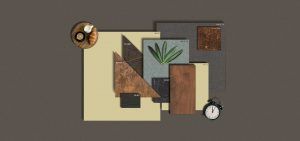
Wardrobe Design Ideas for Your Bedroom
What are Wardrobes?
Ever wondered how you can transform cluttered chaos into organized elegance in your bedroom?
The secret lies in a well-designed wardrobe!
A well-thought-out wardrobe design is a game-changer in managing space. Be it a spacious bedroom wardrobe design or a compact bedroom cupboard design, the essence of a successful setup is its ability to cater to your unique storage needs while adding an aesthetic value to the room.
The magic of a meticulously planned wardrobe interior design can turn even the smallest of spaces into an organized haven. With dedicated sections for different clothing types, accessories, shoes, and more, it not only streamlines your storage but also makes accessing your belongings a breeze.
Importance of Wardrobe design in maximizing storage and organization
Modern wardrobe designs take this utility a notch higher. With their innovative use of space, features like pull-out racks, built-in hangers, drawers, and shelves, they make optimal use of every inch. This goes a long way in solving storage challenges, especially in urban homes where space is often at a premium.
Moreover, wardrobes are not just functional entities but also significant elements of room decor. A sleek modern wardrobe design can enhance the overall aesthetics of your bedroom, while a rustic, vintage-style wardrobe can add a touch of charm to your space.
A well-designed wardrobe serves as the cornerstone of an organized bedroom. It not only addresses your storage needs efficiently but also contributes to the room’s visual appeal. Remember, the power of a good wardrobe design is undeniable – it’s the secret ingredient to a clutter-free, stylish, and serene bedroom.
Types of Wardrobes
A wardrobe is a pivotal element in your bedroom, offering much-needed storage and contributing to the room’s overall aesthetic.
However, selecting the right wardrobe interior design or bedroom cupboard design can often be overwhelming given the plethora of choices.
Here’s a rundown of some of the popular wardrobe types to help guide your decision:
1. Wooden Wardrobes
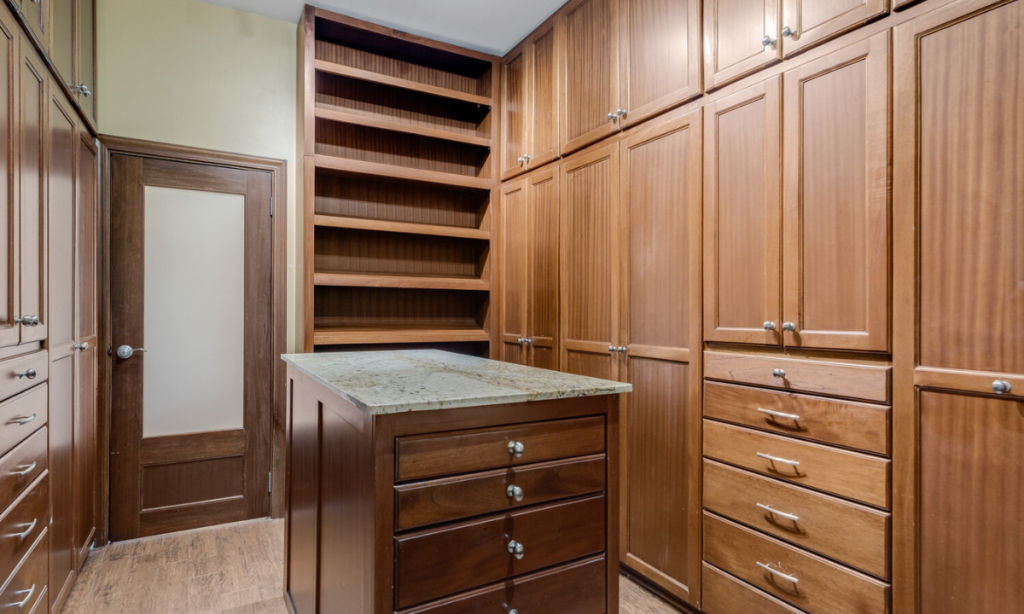
Wooden wardrobes are the timeless classics of bedroom wardrobe design. Their natural texture and grain add a sense of warmth and elegance to your space.
Available in a variety of woods like oak, pine, or mahogany, these wardrobes provide robustness and longevity.
2. Mirrored Wardrobes
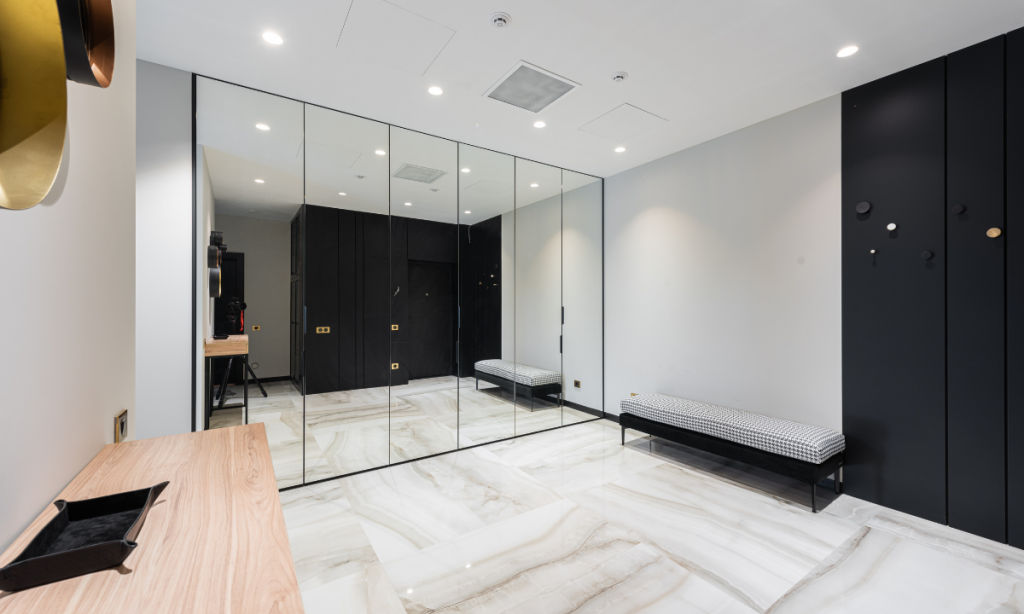
Mirrored wardrobes serve a dual purpose. The built-in mirrors eliminate the need for a separate dressing area while visually enhancing your room’s size and brightness. This modern wardrobe design is an excellent choice for smaller spaces.
3. Wardrobes with Drawer Storage

For those who prioritize organization, wardrobes with drawer storage offer a structured approach.
These designs incorporate a mix of hanging spaces and drawers, allowing you to categorize your belongings neatly, making it easy to access them.
4. Modular Wardrobes

Modular wardrobes are the epitome of flexibility. These customizable designs can adapt to your specific storage needs and can be reconfigured as these needs evolve.
With options to add or remove components, these wardrobes offer a personalized storage solution.
5. White Wardrobes
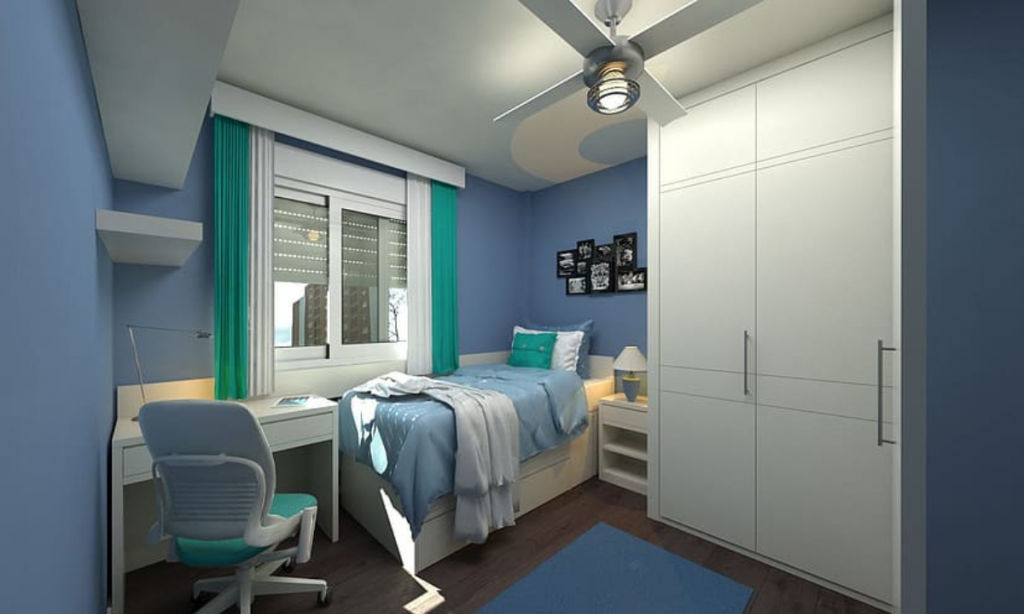
White wardrobes bring a fresh, airy feel to your bedroom. They effortlessly blend with various color schemes, making them a versatile choice.
Plus, the color white helps reflect light, making your room appear more spacious.
6. Walk-in Wardrobes
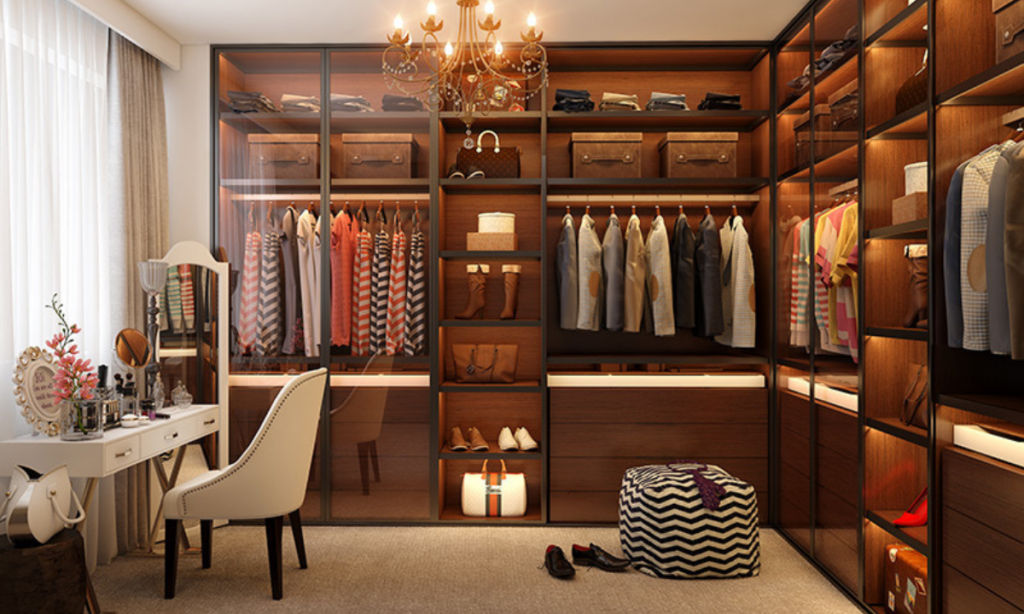
Walk-in wardrobes, a luxury once reserved for large homes, are now creatively integrated into various spaces.
They provide expansive storage and an extravagant dressing area. This type of wardrobe interior design allows you to view and access your entire collection at a glance.
7. Minimal Wardrobes
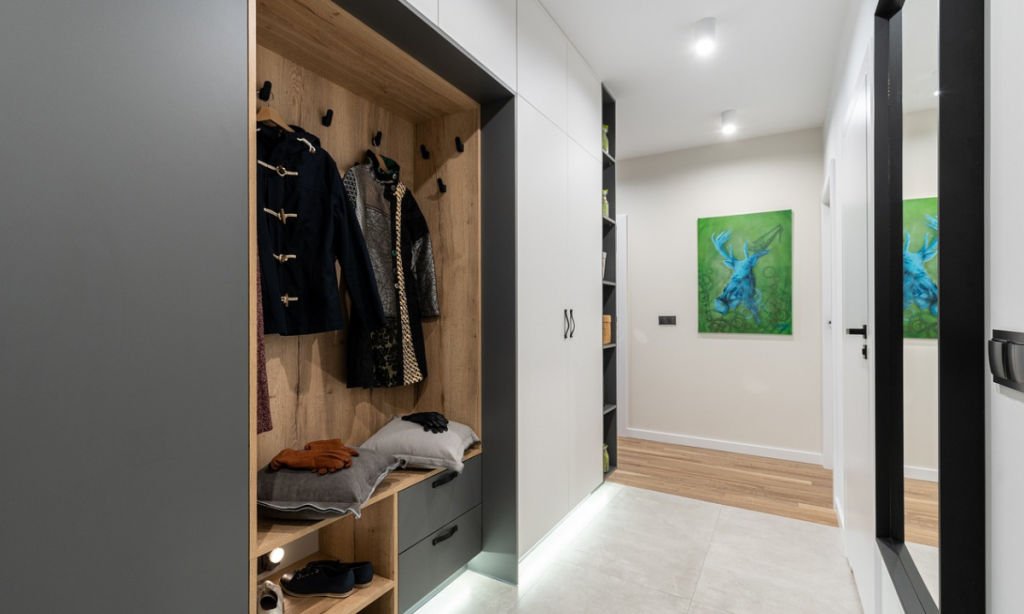
For fans of the ‘less is more’ philosophy, minimal wardrobes are an ideal choice. With clean lines and a restrained design, these wardrobes add a serene, clutter-free atmosphere to your bedroom.
In conclusion, the type of wardrobe you choose can significantly influence your bedroom’s functionality and aesthetics.
Whether you lean towards a traditional wooden wardrobe, a sleek mirrored design, or a customizable modular setup, remember that the best wardrobe for you is one that fits your lifestyle and personal style perfectly.
Steps on how to design your wardrobe
Looking to create a storage solution that’s as individual as your style? Embark on the journey of designing your own wardrobe, one that matches your needs and aesthetics perfectly!
Wardrobe Style and Theme Selection
Assessing Personal Style Preferences: Whether you prefer a modern, minimalistic, or traditional bedroom wardrobe design, it’s important to define your personal style. This will dictate the theme and look of your wardrobe.
Choosing a Theme that Complements the Room Decor: Harmonize your wardrobe design with your room’s decor. Ensure the colors, textures, and style of your wardrobe align with the room’s aesthetics.
Considering the Functionality and Storage Requirements: Beyond looks, your wardrobe needs to cater to your storage needs. From hangers for dresses to drawers for accessories, map out your storage requirements.
Wardrobe Layout and Configuration
Evaluating Available Space and Room Dimensions: Measure your room to determine how much space you can allocate to the wardrobe. This will help in selecting the right size and type.
Selecting the Appropriate Wardrobe Type: From built-in, freestanding, to walk-in wardrobes, choose a type that fits your space and needs.
Deciding on the Placement and Orientation of the Wardrobe: Choose a location that does not obstruct the room’s flow. Consider factors like natural light, door swing, and room layout.
Incorporating Customizations: Tailor your wardrobe interior design based on your needs. Consider incorporating hanging spaces, shelves, drawers, etc.
Material Selection and Finishes
Exploring Different Wardrobe Materials: Laminate is a popular choice due to its durability, affordability, and wide range of styles.
Choosing Appropriate Finishes: From matte, glossy to textured, select a finish that complements your bedroom cupboard designs and overall room aesthetics.
Matching the Wardrobe Material and Finish with the Room Decor: Your wardrobe should seamlessly blend with your room decor. Match or contrast your material and finish choices with the existing palette of your room.
Wardrobe Doors and Openings
Exploring Door Options: Your choice of doors – sliding, hinged, or bi-fold – will depend on your space and accessibility needs. Sliding doors, for instance, are perfect for tight spaces.
Lighting and Accessories
Evaluating Lighting Options: Good lighting enhances visibility and creates ambiance. Consider installing interior lights that illuminate your wardrobe when opened.
Incorporating Lighting and Accessories: LED strips, spotlights, or overhead lighting can make a world of difference. Accessories like mirrors, hooks, and pull-out racks add functionality.
Conclusion
Wardrobes, far from being mere storage units, add immense value to homes by being practical, functional, and aesthetically pleasing furniture options. They cater to a multitude of storage needs, from clothes and accessories to bed linens and shoes, enabling efficient space utilization and promoting an organized lifestyle.
With careful planning and the right wardrobe interior design, you can customize your wardrobe to meet your exact storage requirements. Whether you prefer the spaciousness of a walk-in closet or the compact convenience of bedroom cupboard designs, there’s a design to suit every preference and space.
Moreover, the aesthetics of a well-designed wardrobe can enhance the overall appeal of your room. Be it a classic wooden bedroom wardrobe design or a sleek modern wardrobe design, the right choice can effortlessly integrate with your room decor, adding an element of sophistication and elegance.
A well-chosen and well-designed wardrobe not only maximizes your storage capacity but also enriches your living space with its beauty and functionality.
Designing your wardrobe may seem daunting, but with a systematic approach, it can be an enjoyable experience. Take time to plan, explore different designs and materials, and remember – your wardrobe should reflect your style and lifestyle!
Wardrobe design FAQs
How to design your own wardrobe?
Designing your own wardrobe can be an exciting task. First, assess your storage needs – from clothes, accessories, to shoes, and other items. Consider your personal style preferences – be it modern, minimalistic, or traditional.
Then, evaluate your available space and room dimensions to decide on the type and size of the wardrobe. You could opt for a built-in, freestanding, or even a walk-in bedroom wardrobe design based on your room size and needs.
Don’t forget to include custom features such as drawers, hanging space, and built-in lighting based on your needs. Finally, select the materials and finishes that go well with your room decor to create a harmonious look.
What materials are used for wardrobe design?
A wide range of materials are used for wardrobe design, the most popular ones being wood, plywood, Medium-Density Fibreboard (MDF), and particleboard.
Laminates are often applied to these materials, offering a variety of finishes and colors that can be chosen to complement your bedroom cupboard designs and overall room decor.
What are some popular wardrobe design styles?
There are various wardrobe design styles available, catering to different tastes and needs. Traditional wardrobes often feature carved detailing and warm wood finishes, offering a timeless look.
Modern wardrobe designs, on the other hand, lean towards simplicity and functionality, with clean lines, sleek handles, and often incorporate mirrored or sliding doors.
What are the advantages of a built-in wardrobe?
A built-in wardrobe has numerous advantages. It maximizes storage by utilizing the full height of the room and can be custom designed to fit the exact dimensions of your space, thus eliminating wasted areas.
It’s a practical, space-efficient solution that not only serves functional needs but also enhances the overall aesthetic of the room.
What materials are commonly used for wardrobes?
Common materials for wardrobes in India include solid wood, plywood, MDF, and particle board. Solid wood wardrobes are highly durable and offer a rich, elegant look.
Each of these materials can be finished with a variety of laminates or veneers, allowing for a wide range of aesthetic options to complement your modern wardrobe design or traditional style.


